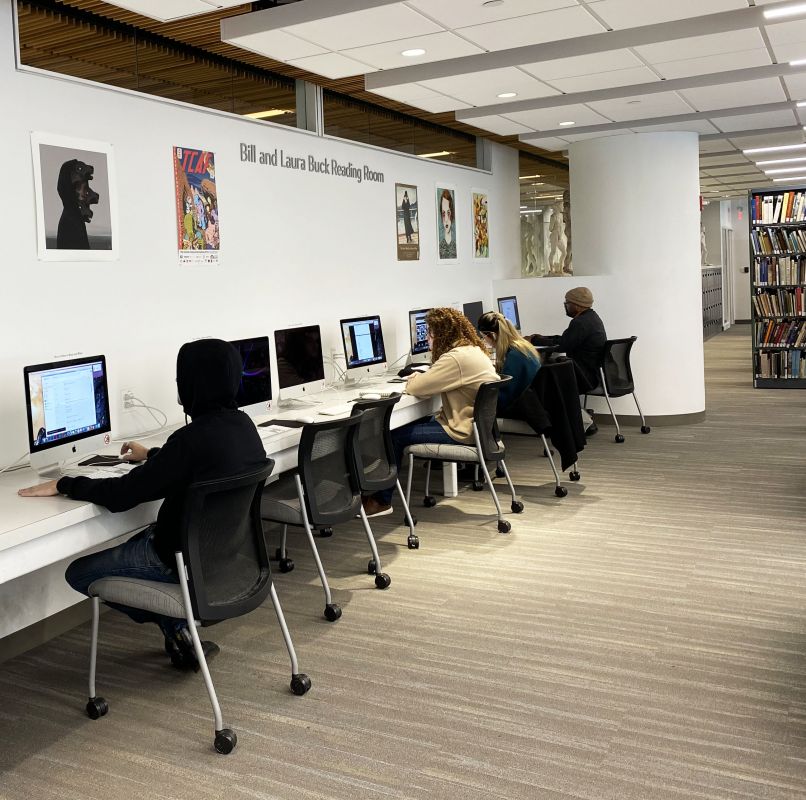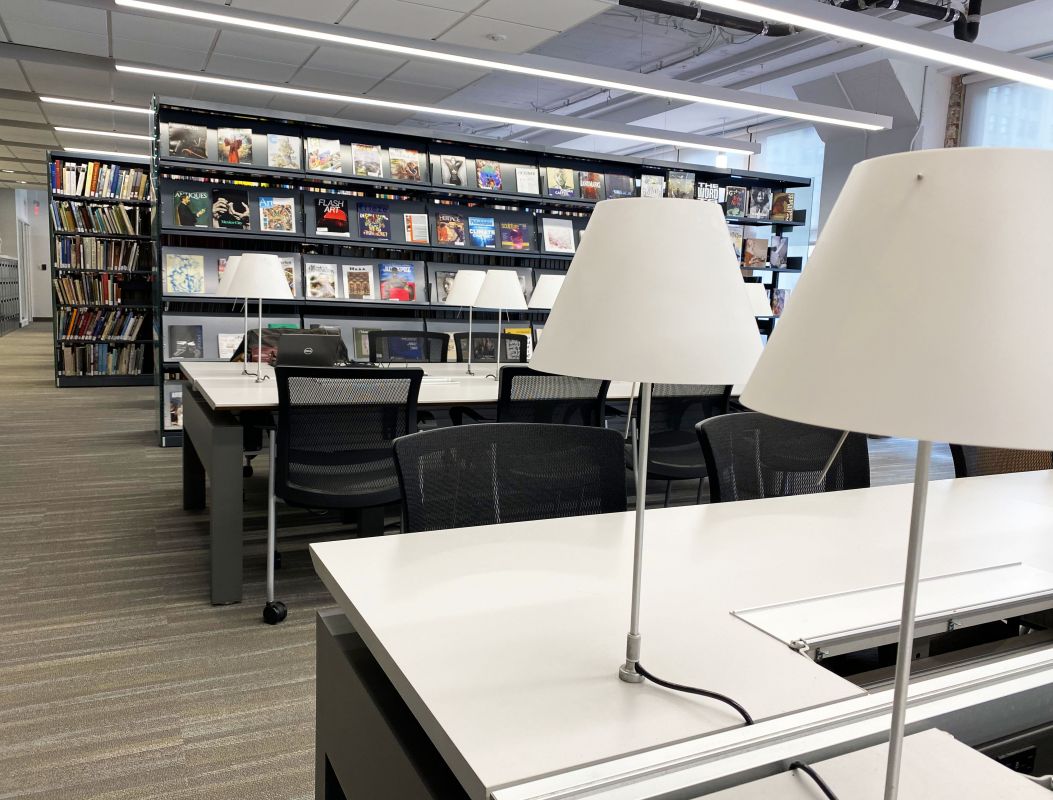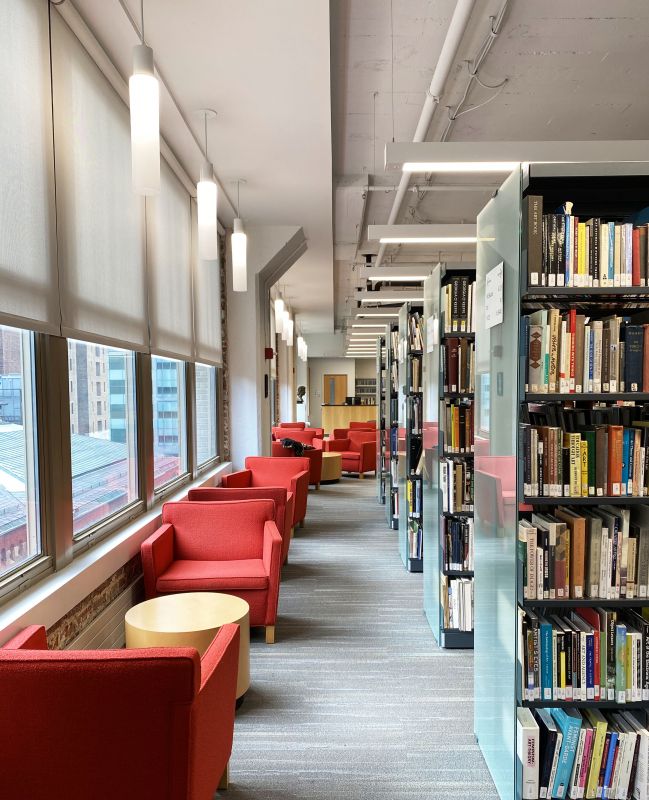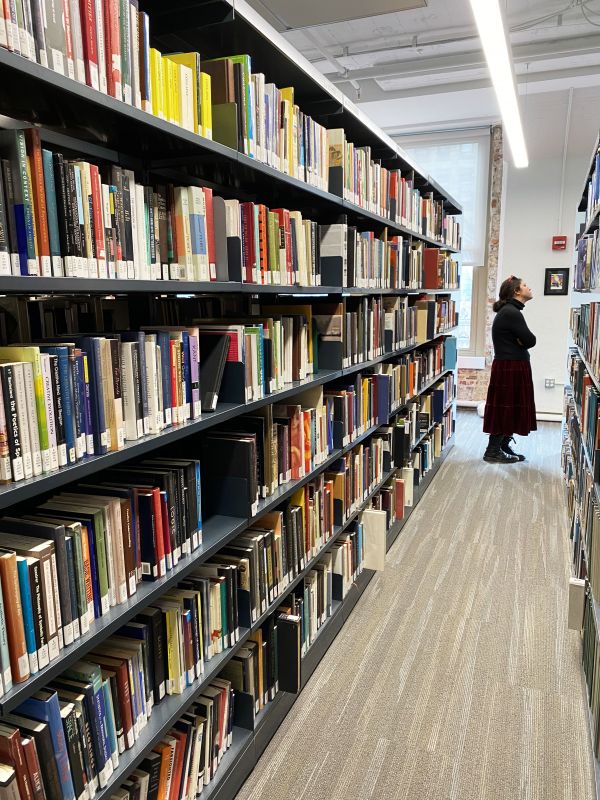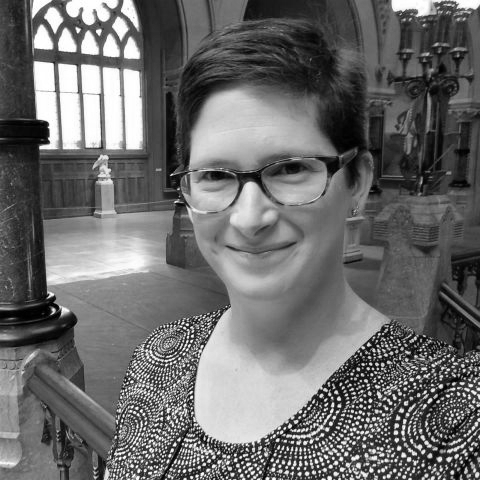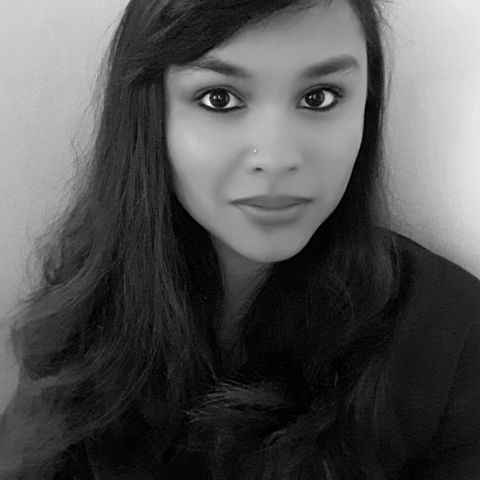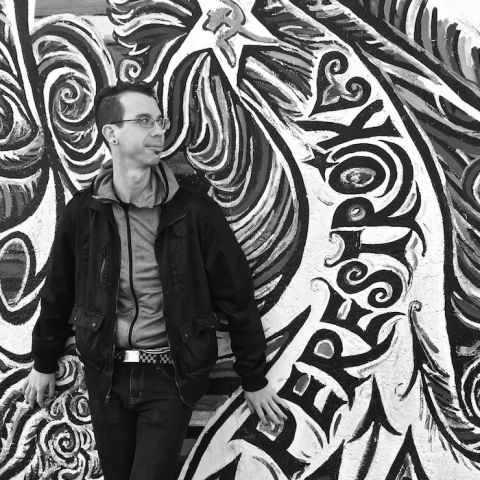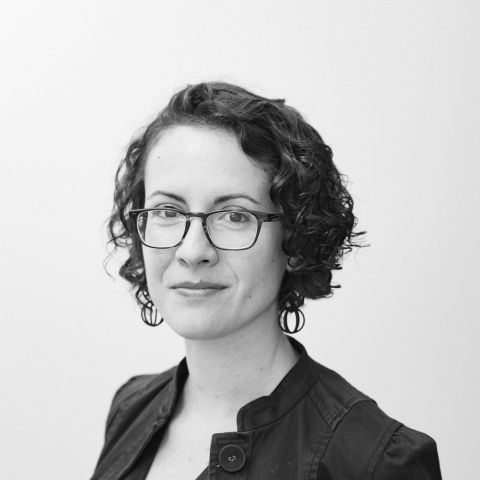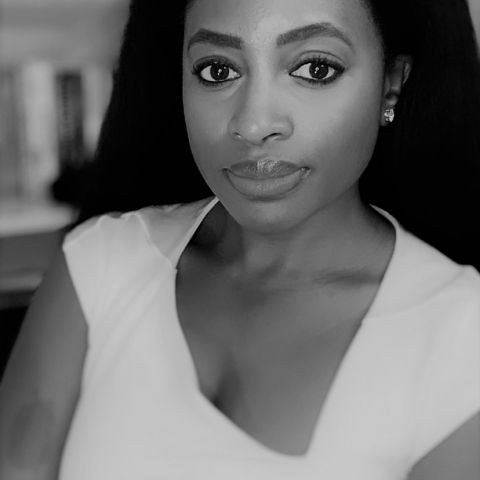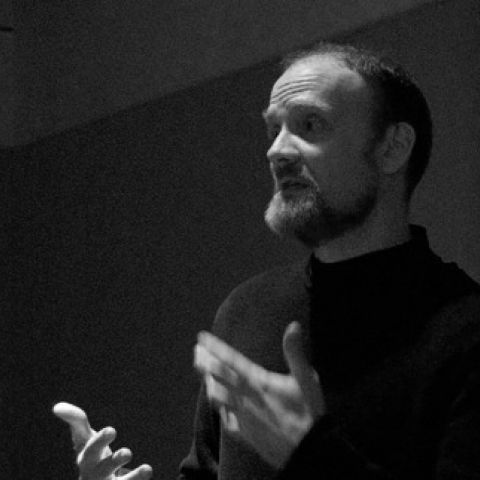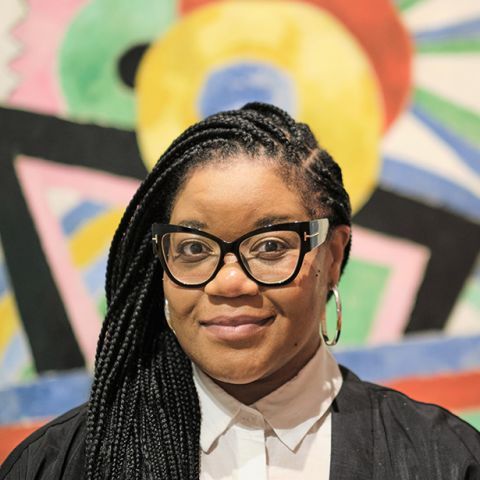Liberal Arts
A liberal arts education arms students with the knowledge and critical thinking skills to explore contemporary art issues. Artistic inspiration is also found in exploring literature, poetry, history and the sciences.
Library
Undergraduate Liberal Arts Curriculum
PAFA BFA students are required to take 42 credits of Liberal Arts courses in the following subject areas:
| Art History & Criticism | 15 credits |
| Language & Literature | 12 credits |
| History, Culture, and Social Science | 9 credits |
| Science & Quantitative Thinking | 6 credits |
Select Liberal Arts Courses
Introduction to Social Sciences
This class will introduce students to key methodologies to fields within the social sciences. The class will pay particular attention to methods integral to a particular field within the social sciences, such as history or sociology. At the same time, the instructor will use modern and contemporary examples to help show how these ideas work in practice. A particular emphasis will also be placed on introducing concepts relevant to the field of visual culture. In this fashion, students will get an introduction not only to a particular field within the social sciences but also to an understanding of the methods used within the social sciences.
Survey of World Literature
This class will present works from world literature, focusing on historic and recent contributions to the literary arts. While the specific works covered will differ from semester to semester, the course may draw upon works from Latin America, Asia, Africa, and the Middle East. Students will not only read these texts, but also learn how to interpret the text in question, gaining an understanding not only of its historical and cultural importance, but also of how these works continue to inspire writers, poets, musicians, and artists. Prerequisites: Composition II or the equivalent.
Composition I
This course focuses on writing, helping students develop the skills they need to write coherent essays at the collegiate level. A strong emphasis is placed on the importance of syntax and grammar, while at the same time encouraging students to develop their own individual voices. In particular, attention is paid to different forms of writing related to the arts. Through writing assignments, students not only develop their skills as a writer further but also learn how to craft a public voice as a writer. This involves a negotiation between their individuality and the expectations of audiences interested in the visual arts.
Theory & Criticism
This course will introduce students to the major thinkers, ideas, and schools of thought that have helped inform the current states of American aesthetics. This will be done in four ways. First, we will trace the history of Western thought since 1800, looking at the key thinkers who have come to influence the way we think about art and its role in the world. We will consider arguments concerning art by figures such as Kant, Hegel, Nietzsche, Freud, Heidegger, and others. Second, we will read pieces of art criticism that address larger issues of aesthetic debate, including the sublime, kitsch, originality, the uncanny, and the postmodern. In doing this, we will examine essays by figures such as Greenberg, Benjamin, Lyotard, Fried, Clark, and Krauss. Third, we will consider essays written by artists, including Beuys, Smithson, Rothko, and others. Lastly, we will analyze visual objects in class in an attempt to develop our ability to understand the arguments being presented through the material we are considering. In addition, we will develop a larger dialogue concerning the aesthetic issues being raised through written responses.
